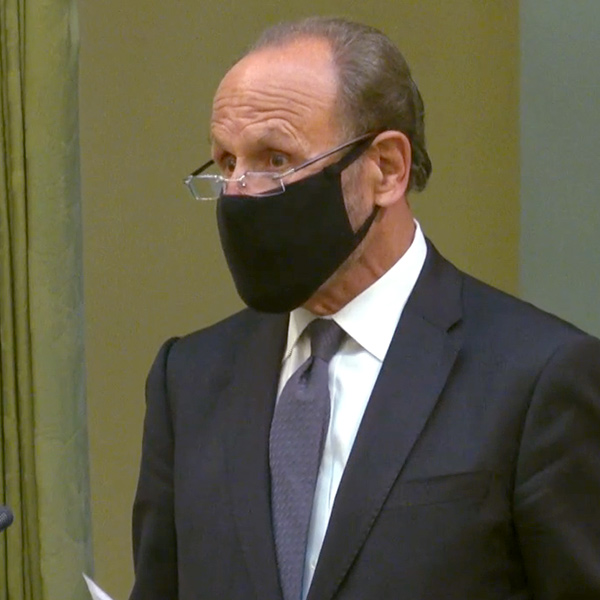MISO can begin requiring new solar generation in its footprint to become dispatchable by early 2022, FERC ruled Tuesday.
The commission’s order approves a MISO Tariff change requiring all solar resources that achieve commercial operation on or after March 15, 2020, to register as dispatchable intermittent resources (DIRs) and become dispatchable by March 15, 2022 (ER20-595). The RTO is using a ruleset nearly identical to the one that brought wind resources under dispatch in 2011. (See “Solar Dispatch Imminent,” MISO Market Subcommittee Briefs: Dec. 3, 2019.)
MISO has about 46 GW of solar generation pending in its interconnection queue.
“We expect solar to grow 10 to 20 times. It’s small now; we’d like to get ahead of it,” MISO Executive Director of Market Strategy and Design Scott Wright said during the RTO’s December Board Week.
In its ruling, FERC said MISO satisfactorily cleared up the commission’s earlier confusion about whether the generator interconnection agreement (GIA) or commercial operation date will determine the 2022 deadline to register. (See FERC Seeks Info on MISO Dispatchable Solar Push.)
MISO said it will exempt the DIR registration requirement for all solar resources in commercial operation prior to March 15, 2020. However, resources that have GIAs executed by March 15, 2020, but are not yet in commercial operation must plan to register and respond to MISO dispatch signals.
MISO said at least one solar developer with a project lined up to come online this summer will have to push back its commercial operation date in order to install the proper communication equipment needed to receive the RTO’s dispatch instructions.
Entergy opposed MISO’s grandfathering plan, saying solar projects that had a GIA executed by mid-March should also be exempted from the DIR registration requirement. The utility will soon either own or purchase output from six solar facilities currently under development. Entergy said the late-stage alterations needed for the solar facilities at their “advanced stage of development” would place an undue burden on the utility.
“MISO’s proposal would unfairly change a Tariff rule that Entergy and other generation developers may have relied upon when planning and making arrangements pertaining to such facilities,” Entergy said.
But FERC disagreed, concluding that facilities with GIAs are not the same as units already in service. The commission also said MISO’s two-year transition period is a reasonable amount of time to purchase and install communication equipment for the solar facilities.
“MISO states that, even if there were no imminent reliability threat, MISO’s proposal follows NERC’s suggestions for how MISO as a transmission provider should dispatch inverter-based resource,” FERC pointed out.
The commission also said MISO doesn’t need to be in the thick of a solar generation boom before it proposes new dispatch rules.
“We also find that it is reasonable for MISO to propose these revisions without waiting until solar penetration has reached a point when its lack of dispatchability may significantly affect reliability,” it said.




